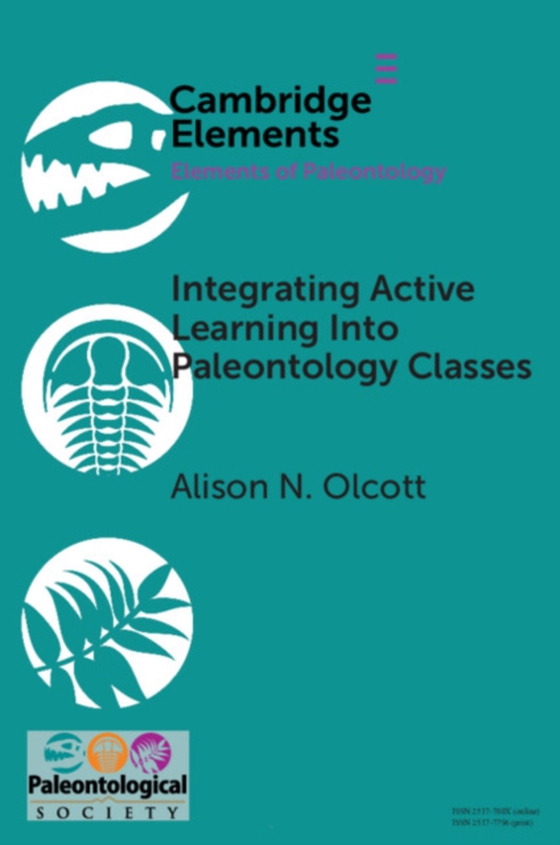
Integrating Active Learning into Paleontology Classes e-bog
240,51 DKK
(ekskl. moms 192,41 DKK)
The educational benefits of replacing in-class lectures with hands-on activities are clear. Such active learning is a natural fit for paleontology, which can provide opportunities for examining fossils, analyzing data and writing. Additionally, there are a number of topics in the field that are exciting to geology majors and non-majors alike: very few can resist the lure of dinosaurs, huge mete...
E-bog
240,51 DKK
Forlag
Cambridge University Press
Udgivet
30 januar 2019
Genrer
JNMN
Sprog
English
Format
pdf
Beskyttelse
LCP
ISBN
9781108754040
The educational benefits of replacing in-class lectures with hands-on activities are clear. Such active learning is a natural fit for paleontology, which can provide opportunities for examining fossils, analyzing data and writing. Additionally, there are a number of topics in the field that are exciting to geology majors and non-majors alike: very few can resist the lure of dinosaurs, huge meteor impacts, vicious Cretaceous sharks or a giant Pleistocene land mammal. However, it can seem difficult to introduce these techniques into a large general education class full of non-majors: paleontological specimens provide a natural starting point for hands-on classroom activities, but in a large class it is not always practical or possible to provide enough fossil material for all students. The Element introduces different types of active learning approaches, and then explains how they have been applied to a large introductory paleontology class for non-majors.
 Dansk
Dansk

